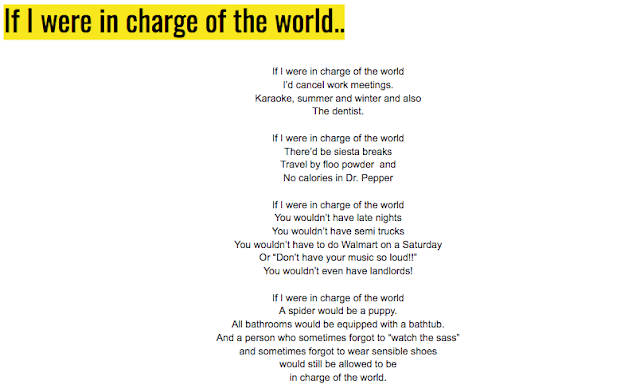Often, my best ideas come to me when I'm mid-lesson.
I think of the idea and switch gears completely.
It doesn't happen often, but the few times it has, amazing results come to pass.
One day, I was teaching a lesson about writing to my gifted students, preparing for the state mandated test that was looming. I was getting so frustrated with them because their body paragraphs were unorganized and just generally a mess. They were writing to find their idea and it made the paragraphs not as powerful.
I started drawing on the board how they should flow their thinking before they start writing an essay, and I ended up coming up with what my students call, "The Chicken Feet Chart" and it has 100% changed my student's writing. It has made their whole essay organized perfectly.
I'm excited to share it with you today!
The chart itself is just laminated paper and students use skinny expo markers on it. Also, don't run them through the dishwasher. #LessonLearned.
The first line on the side, number 1, is their claim. I found
this prezi about claims and have used it ever since. Students understand it because it's very formulaic. So on line one they write their subject and what they think (without using first person, of course). Then their three reasons go on line 2, 10 and 18.
So, if I'm writing a paper about the negative effects of the Industrial Revolution, my chart would look like this...
Then comes the most important part of this chart, the sub reasons, lines 3, 6, 11, 14, 19, and 22. It is important because it focuses each paragraph. Each main reason has two sub reasons, also known as chicken toes that focus the topic. Your main reasons should be more broad so that your sub-reasons can be focused. Here is what that looks like for my chart....
Next comes evidence. I require students to have two pieces of evidence (IN QUOTES) per paragraph. So they have one piece of evidence to match their sub-reason. On their chart, there isn't enough room to write their quote, so I have them put the page number if it's a book, or just the first few words of their quote so they can go find it later. This is what it would look like...
After evidence comes commentary/explanation/elaboration, lines 5, 8, 13, 16, 21 and 24. Commentary/explanation/elaboration is such a hard thing for my students to understand for some reason. They understood it a little more when I told them this is where they do the thinking for their reader. Their reader wants to think critically about a topic but their reader is lazy and doesn't want to think for themselves, so you have to give it to them completely. We're still not quite there yet though. I made them the following sentence stems to help them, and it has made a difference.
On their chart, they just need to write their sentence stem and they know to elaborate on their commentary later on.
Then, they have their transition line which I call their shoelace transition. This is lines 9,17, and 25. This is where they take their subject from paragraph one, their subject for paragraph two, and tie them together in a bow, aka one nice sentence. So for my paragraph one and paragraph two, I would transition like this....
"Children not only had bad conditions at work, but they also had them at home."
My transition from second paragraph to third is, "The problems in the cities were of little concern to those profiting off the factories that were causing these problems."
Students really understand this concept because of the metaphor to tying your shoes.
Lastly, the bottom line is for the counterclaim. We obviously don't use this when we write informative essays, but when we write argument it is super useful.
This is how I have it set up...
After students fill out the chart, they are ready to type. I let them choose if they want to type it straight into a google doc, or if they want to use
this document. This document basically says, "type line ten here, type line twenty six here, etc."
It helps my students that don't get how to go from the chart to the essay.
Then they just add their intro and conclusion, which we have explicit lessons about and review ad-nauseam.
This chart, though my students don't enjoy it all the time, helps their writing. It helps them understand how to visually represent their thinking and again, very formulaic which helps my students who struggle with writing.
Try it in your classroom and see if the student's writing improves! I'm sure it will. My students chant the motto, "BELIEVE IN THE POWER OF THE CHICKEN FEET CHART!" because their scores improve when they use the chart. I love seeing the look on their faces when they realize how their writing has improved since using this graphic organizer.
Here is a student example with their essay they wrote about Animal Farm...
Feel free to borrow or steal my idea, no need to beg! :)



















































